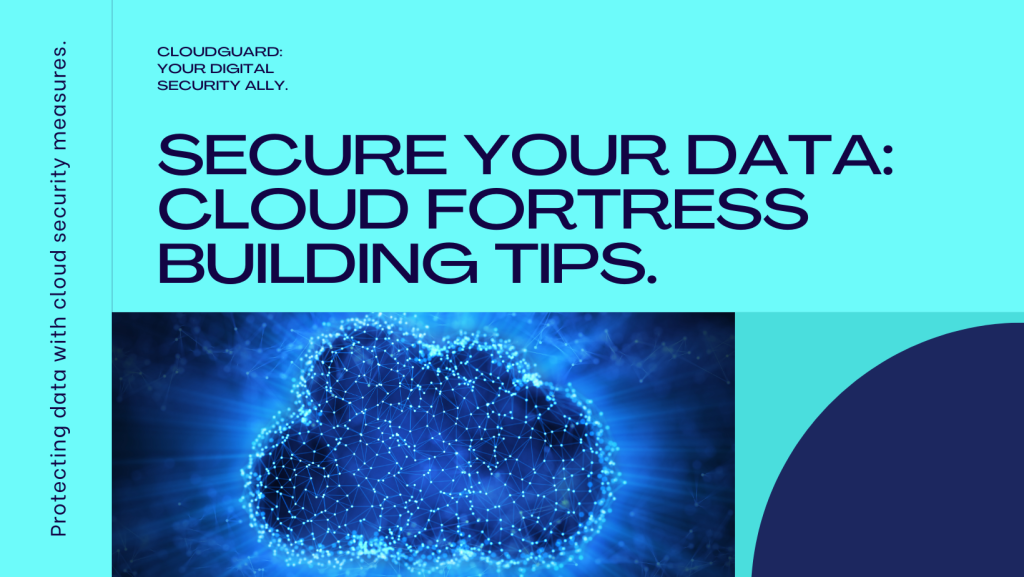As businesses increasingly rely on cloud services to store and manage their data, ensuring the security of cloud environments has become paramount. From protecting sensitive information to defending against cyber threats, organizations must implement robust security measures to safeguard their assets in the digital sky. Let’s explore the key principles of cloud security and the strategies used to build a fortress in the cloud.
- Data Encryption: Protect the Information from Prying Eyes
One of the fundamental principles of cloud security is data encryption, which involves encoding sensitive information to prevent unauthorized access. By encrypting data both in transit and at rest, organizations can ensure that their information remains secure, even if it falls into the wrong hands. Additionally, implementing strong encryption standards and key management practices is essential to maintaining the confidentiality and integrity of data stored in the cloud.
- Access Control: Limiting Entry to the Digital Fortress
Controlling access to cloud resources is another critical aspect of cloud security. Organizations must implement robust access control mechanisms to prevent unauthorized users from gaining entry to their cloud environments. This includes implementing multi-factor authentication, role-based access control, and least privilege principles to limit access to only those who need it. By enforcing strict access controls, organizations can reduce the risk of unauthorized access and protect their data from internal and external threats.
- Continuous Monitoring and Auditing: Keeping a Watchful Eye on the Digital Sky
In addition to preventive measures, organizations must also implement continuous monitoring and auditing practices to detect and respond to security threats in real time. By monitoring cloud environments for suspicious activity, analyzing logs and events for signs of compromise, and conducting regular security audits and assessments, organizations can proactively identify and mitigate security risks before they escalate. Additionally, implementing automated incident response capabilities can help organizations respond quickly to security incidents and minimize the impact on their operations.
In conclusion, securing the cloud requires a proactive and multi-layered approach that encompasses data encryption, access control, and continuous monitoring and auditing. By implementing robust security measures and adhering to best practices, organizations can build a fortress in the digital sky that protects their valuable assets from cyber threats and ensures the integrity and confidentiality of their data. As technology continues to evolve and cyber threats become more sophisticated, staying vigilant and proactive is essential to maintaining the security of cloud environments.


